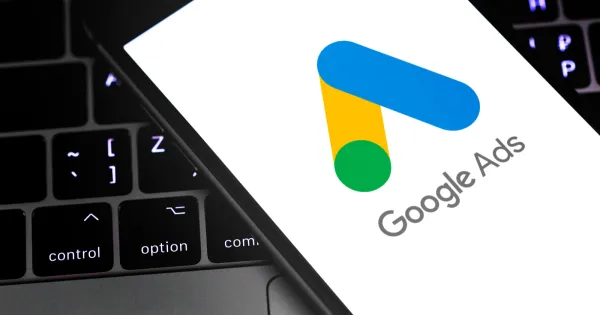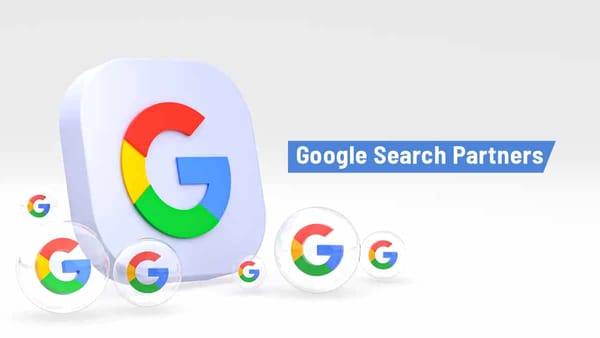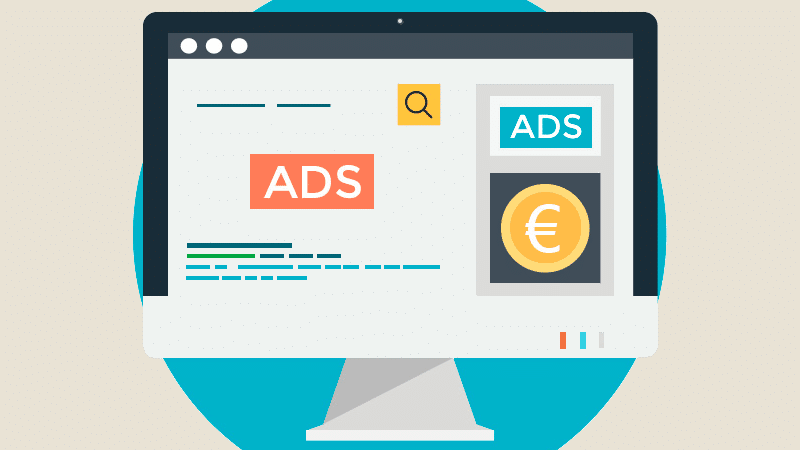When Google Ads Started: The Evolution of Digital Advertising

Introduction
Google Ads, one of the most influential platforms in digital marketing today, has revolutionized how businesses advertise online. But have you ever wondered when and how Google Ads began its journey? This article takes you through the fascinating history of Google Ads, exploring its origins, evolution, and how it has shaped the digital advertising landscape.
The Birth of Google Ads: 2000-2001
Google Ads, originally known as Google AdWords, was launched in 2000 by Google, which was still in its early stages of growth. The platform’s purpose was to allow businesses to advertise on Google’s search engine results page (SERP). At the time, Google was already recognized as one of the leading search engines, and the introduction of a paid advertising option was a natural progression.
The first version of Google Ads was far simpler than what it is today. Businesses could place ads based on specific keywords that they wanted to target. Advertisers could bid for placement on Google’s search results, and the highest bidder would get the most prominent position.
- 2000: Google’s first ad platform was created as Google AdWords, where ads were text-based and simple.
- 2001: The platform introduced a pay-per-click (PPC) model, which would become one of its defining features. Advertisers were only charged when someone clicked on their ad, making it a highly efficient and cost-effective advertising solution.
The Growth of Google Ads: 2003-2008
By 2003, Google’s PPC system was proving to be incredibly successful. The company had grown significantly, and it began to enhance its ad products. In 2003, Google introduced the AdSense network, which allowed website owners to display Google Ads on their sites and earn money when users clicked on them. This opened up a new revenue stream for Google and enabled advertisers to reach a wider audience.
During this period, Google also made strategic acquisitions to enhance its advertising capabilities. One of the most notable acquisitions was YouTube in 2006, which later became an important channel for Google Ads, allowing advertisers to run video ads on YouTube.
The Evolution into Google Ads: 2018-Present
In 2018, Google rebranded Google AdWords to Google Ads to better reflect the broader range of advertising services it now offers. The rebranding was a strategic move to include not just search ads, but also display ads, shopping ads, video ads, and more — essentially all of the different types of ads available across Google's vast network.
Key Milestones and Innovations
- 2012: Google introduced Remarketing ads, allowing businesses to target users who had previously interacted with their website.
- 2015: Google introduced Expanded Text Ads (ETAs), allowing advertisers to include more detailed information in their ads.
- 2016: The introduction of Responsive Ads, which automatically adjust to fit different screen sizes.
- 2017: Google launched AdWords Express, a simplified version of Google Ads aimed at small businesses with less experience in digital marketing.
- 2018: As mentioned earlier, Google AdWords became Google Ads, reflecting the platform’s wider range of advertising options, including video ads, display ads, and app ads.
Since the rebranding, Google Ads has continued to evolve, focusing on better automation, AI-driven solutions, and more precise targeting. Features like Smart Campaigns and Google Ads AI tools help advertisers optimize campaigns with minimal effort.
Why Google Ads Became So Successful
1. Precision Targeting
From the very beginning, Google Ads allowed businesses to target users based on specific keywords they were searching for. Over time, the platform expanded its targeting options to include location, demographics, and even user behavior, making it one of the most effective ways to reach potential customers.
2. Cost-Effective
Google Ads made advertising accessible to businesses of all sizes with its pay-per-click model. Advertisers only paid when a user clicked on their ad, allowing them to control their budget and ensure they were only paying for real leads.
3. The Google Ecosystem
Google’s vast ecosystem — including Google Search, YouTube, Google Display Network, Gmail, and many more — provided a seamless environment for advertisers. As Google acquired new properties, such as YouTube, advertisers gained access to even more platforms to reach their audience.
4. Continuous Innovation
Google’s ability to continually improve its platform, adding features like video ads, shopping ads, remarketing, and AI-driven tools, kept it ahead of competitors in the online advertising space. It enabled businesses to run highly targeted, effective campaigns across various digital channels.
The Future of Google Ads
As technology continues to evolve, so will Google Ads. Artificial intelligence (AI) and machine learning will likely continue to play a central role in automating campaign optimization, helping advertisers get better results with less manual effort.
Additionally, the rise of voice search, mobile-first advertising, and personalization will further shape the future of Google Ads. These changes will give businesses even more tools to reach their target audience and drive conversions in innovative ways.
Conclusion
Google Ads, since its inception in 2000, has evolved into one of the most powerful tools in digital marketing. From its humble beginnings as a simple keyword-based PPC system to becoming an AI-driven, multi-platform advertising powerhouse, Google Ads has transformed the way businesses connect with potential customers.
Understanding its history and how it has evolved can give businesses valuable insights into how to best leverage this platform in their own digital marketing strategies. With its powerful targeting capabilities, continuous innovation, and vast reach, Google Ads remains a cornerstone of online advertising.




